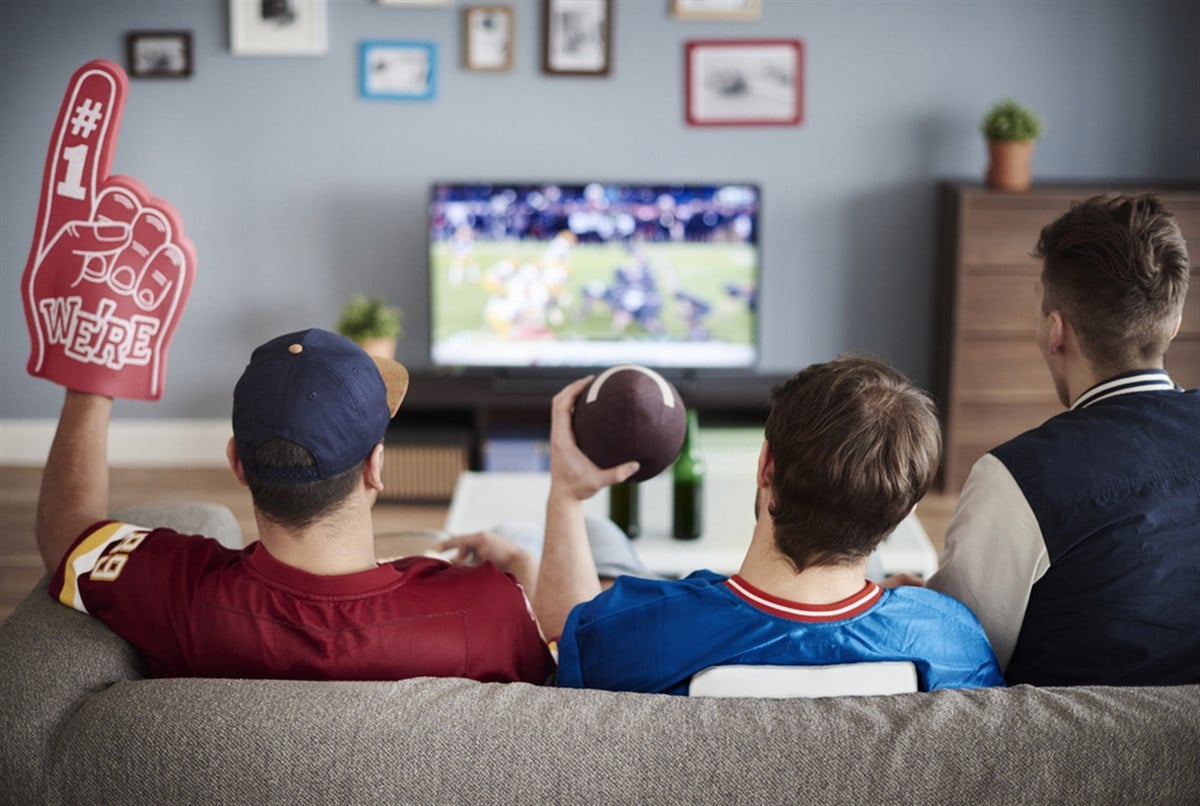Is NVIDIA Stock Done Playing With the Market? Buy, Sell, or Hold

There is no other sector in the stock market today like the technology sector. Inside that space, no company comes close to replacing shares of NVIDIA Co. (NASDAQ: NVDA). Companies that took decades to earn their place in the NASDAQ have now been blown past by NVIDIA’s quick rise to fame, as Microsoft Co. (NASDAQ: MSFT) and even Alphabet Inc. (NASDAQ: GOOGL) have fallen below NVIDIA in market capitalization.
Today, NVIDIA is worth up to $3.1 trillion, with a high last week at $3.3 trillion. In comparison, Google is worth only $2.2 trillion, while Microsoft is at the top of the list at $3.3 trillion. Considering NVIDIA’s stock sell-off, which wiped out $200 billion in market value over two days, investors may wonder whether the company can stay at these valuations much longer.
There are reasons to believe that NVIDIA won’t be able to sustain these valuations, and there are also those that support an even higher valuation. Without confusing investors, here are some factors going for and against NVIDIA’s stock price, using history as an example and some other market fundamentals.
Why NVIDIA Could Follow in Cisco's Footsteps Instead of Being the Next Miracle
Comparing NVIDIA to Enron would be a complete misunderstanding, as the company has its merits backing recent bullish price action. However, it is easy for markets to become intoxicated by such quick success, as seen in other such runs, like in ‘meme stocks,’ sending stocks like GameStop Corp. (NYSE: GME) flying and crashing.
It looks like NVIDIA could be compared more to Cisco Systems Inc. (NASDAQ: CSCO), but not today’s Cisco. Cisco, from the year 2000, drew its investors to incredible levels of excitement as it rode the internet stock bubble. If investors replace the word ‘internet’ with ‘artificial intelligence,’ a potential bubbly thesis could start to form for NVIDIA.
During the internet bubble of 2000, Cisco's market capitalization reached over $560 billion, which made up roughly 5.3% of the total United States GDP that year. However, its market cap fell to less than $70 billion.
The stock reached its all-time high peak of $80 a share, a level it has yet to go again two decades later. No matter the story back then or how important the internet was to the nation’s technological prowess, no stock should ever be worth that much as a share of GDP.
Today, NVIDIA’s market cap represents over 12% of U.S. GDP, twice the relative size that Cisco stock reached in the internet bubble.
Now, adding additional—and more common—factors for investors to watch out for can be beneficial in making a sensible forecast for NVIDIA, so here’s what Wall Street feels is right for the future.
Can NVIDIA Stock's Growth Forecast Sustain Its High Prices?
Wall Street analysts forecast up to 23% earnings per share (EPS) growth for NVIDIA in the next 12 months. While this metric alone can be enough to justify any stock price, there is a way for investors to gauge whether this potential growth has already been priced into the current stock price.
It is called the price-to-earnings growth ratio (PEG). This valuation metric answers the question, “Is the market paying too much today for tomorrow’s growth?” NVIDIA’s multiple takes care of that right away.
Here's where NVIDIA stands, calculated as the stock's P/E ratio divided by EPS growth projections. A P/E of 73.9x today, divided by analyst projections for 23% EPS growth, will give investors a 3.2x PEG multiple. Here's what that means.
Typically, any PEG ratio below 1.0x implies a stock’s valuation is cheap today compared to how much EPS is set to grow in the future, and anything above 1.0x becomes increasingly overvalued.
Compared to peers like Taiwan Semiconductor Manufacturing (NYSE: TSM), the story becomes much more transparent for investors. Analysts think Taiwan Semiconductor Manufacturing will grow its EPS by 25.4% in the next 12 months. The stock trades at 29.0x P/E, making for a PEG ratio of 1.1x.
While Taiwan is not that cheap of a deal today, still, based on this additional metric, it is definitely less bloated than NVIDIA.
Market Perspectives on NVIDIA Stock's Future Trajectory
It’s not looking good. Even Jensen Huang (NVIDIA’s CEO) started selling stock recently. As of June 2024, Jensen has sold up to 120,000 shares for a total dollar value of $15.5 million. If the CEO himself has no reason to hold as much stock as he can, then why should outside retail investors?
More than that, NVIDIA’s short interest has exploded by 947% in the past month, a scary statistic for those who hold the stock today.
Those at Schwab Charitable Fund decided to unload up to 3.5% of their stake in NVIDIA stock. It could be a reduction out of a winning name to reduce exposure, but it could also be something else. Analysts see a price target of $121.7 a share for NVIDIA stock, which is actually 3.8% lower than today’s stock price.
As the negative evidence mounts, it could be a good time for those holding NVIDIA stock to consider investing their earnings in other potential winners, such as these.
Learn more about TSM


